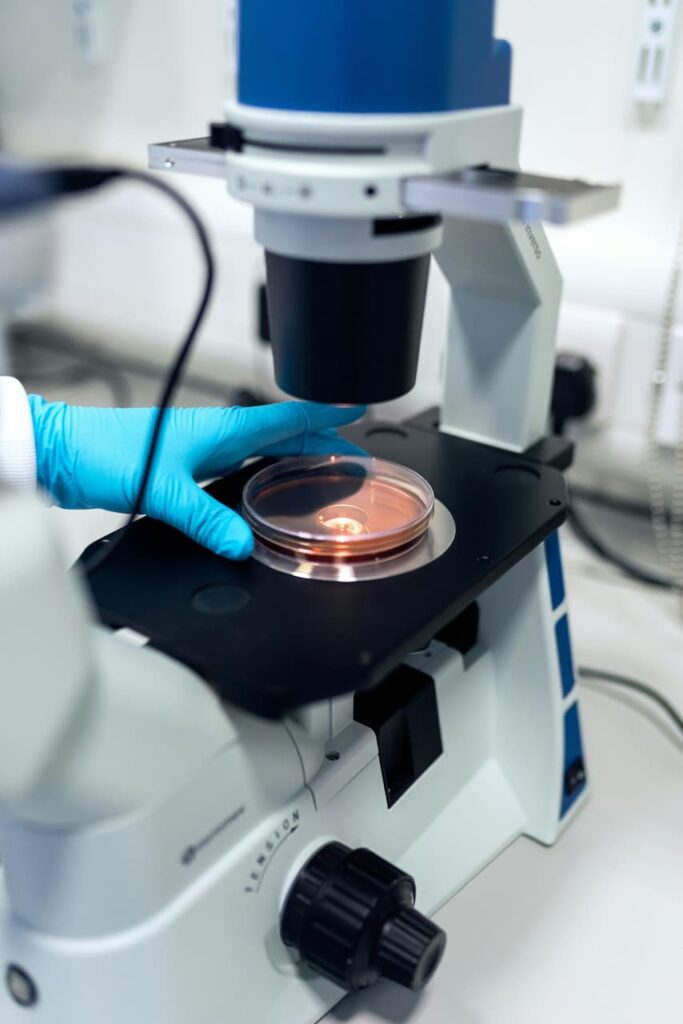Introduction: The Increasing Importance of Computational Modeling in Physics
As physics ventures further into complex phenomena, the role of computational modeling in research has become indispensable. This shift reflects in modern physics dissertations, where computational methods are now integral in analyzing and predicting physical behaviors that are otherwise untestable experimentally. Computational modeling not only augments the traditional experimental and theoretical approaches but also opens up new avenues for exploration and innovation in physics. Those looking to navigate this sophisticated field can benefit greatly from services like “Ghostwriter Finden” that help them find a ghostwriter, enhancing their research output with professional expertise.
Overview of Computational Modeling in Scientific Research
Computational modeling serves as a powerful tool across various scientific disciplines, enabling researchers to simulate environments and phenomena that are either too large, small, or complex to study physically. In physics, these models provide insights into the structure of the universe, from the vastness of cosmic phenomena to the subatomic intricacies of quantum mechanics.
The Evolution of Physics Dissertations: From Theoretical to Computational Approaches
The progression of physics dissertations from purely theoretical works to those heavily reliant on computational simulations marks a significant evolution in the field. This transition has been driven by the increasing complexity of physical problems and the exponential growth in computational power.
The Fundamentals of Computational Modeling in Physics
What is Computational Modeling?
Computational modeling involves the use of mathematical models to simulate physical processes. These models are constructed based on theoretical foundations and are executed through software to study and predict complex systems’ behaviors.
Key Tools and Software Used in Physics for Computational Modeling
Various tools and software packages, such as MATLAB, Python, and specialized software like COMSOL and ANSYS, are pivotal in performing these complex simulations. Each tool offers unique features that cater to different aspects of physics.
Types of Computational Models Commonly Used in Physics Research
From deterministic models that provide precise predictions to stochastic models that account for randomness, computational physics employs a range of models to tackle diverse research questions.
Applications of Computational Modeling in Physics Dissertations
Simulating Physical Systems: Examples from Condensed Matter Physics
In condensed matter physics, computational models simulate the properties of solid-state systems, providing insights into electronic structures and phase transitions.
Computational Modeling in Quantum Mechanics and Particle Physics
Computational techniques are critical in quantum mechanics and particle physics, where they help visualize and analyze the behaviors of particles at unimaginable scales.
Modeling Complex Systems: From Astrophysics to Climate Physics
From simulating star formations in astrophysics to predicting climate changes on Earth, computational models are essential for understanding and managing complex systems in many subfields of physics.
The Advantages of Using Computational Modeling in Dissertations
Enhancing Precision and Predictive Power
Computational models enhance the precision and predictive power of research, enabling scientists to conduct experiments that are precise, repeatable, and scalable.
Handling Large Data Sets and Complex Calculations
These models efficiently manage large datasets and complex calculations, a task impractical for manual computations.
Bridging Theory and Experiment: Validation and Hypothesis Testing
Computational modeling bridges theoretical predictions with experimental data, providing a robust framework for validating hypotheses and testing new theories.
Challenges and Limitations of Computational Modeling
Computational Resource Requirements
The extensive computational resources required can be a significant barrier, necessitating access to high-performance computing systems.
Accuracy and Reliability of Models
The accuracy of a computational model heavily depends on the assumptions and simplifications inherent in the model’s design, which can limit its applicability.
Balancing Computational Work with Theoretical Understanding
Maintaining a balance between computational work and theoretical insights is crucial to ensure that models do not overshadow fundamental understanding.
Case Studies: Successful Integration of Computational Modeling in Physics Dissertations
Example 1: A Dissertation on Simulating Quantum Systems
This case study explores a dissertation that used computational models to simulate quantum entanglement and decoherence, providing new insights into quantum computing potentials.
Example 2: Modeling Cosmic Structures in Astrophysics Research
Another dissertation focused on the computational modeling of galactic formations, contributing to our understanding of the universe’s structure and the dynamics of dark matter.
Example 3: Using Computational Fluid Dynamics in Plasma Physics
This study applied computational fluid dynamics to model plasma behavior in fusion devices, highlighting the model’s role in advancing fusion energy research.
Future Trends in Computational Modeling for Physics Research
The Role of Artificial Intelligence and Machine Learning in Modeling

AI and machine learning are set to revolutionize computational modeling by automating model generation and data analysis, increasing both efficiency and accuracy.
Increasing Accessibility of High-Performance Computing
The growing accessibility of high-performance computing resources is democratizing computational modeling, enabling more researchers to conduct sophisticated simulations.
Collaborative and Open-Source Modeling Platforms
The future will likely see an increase in collaborative and open-source platforms that make computational tools more accessible and foster innovation through community-driven development.
Conclusion: The Impact of Computational Modeling on the Future of Physics Research
Summary of Key Points
Computational modeling has transformed the landscape of physics dissertations, providing tools that enhance, validate, and expand upon theoretical research.
The Growing Role of Computational Approaches in Shaping Physics
As computational power continues to grow, so too will its role in physics research, pushing the boundaries of what can be explored and discovered in the field.

